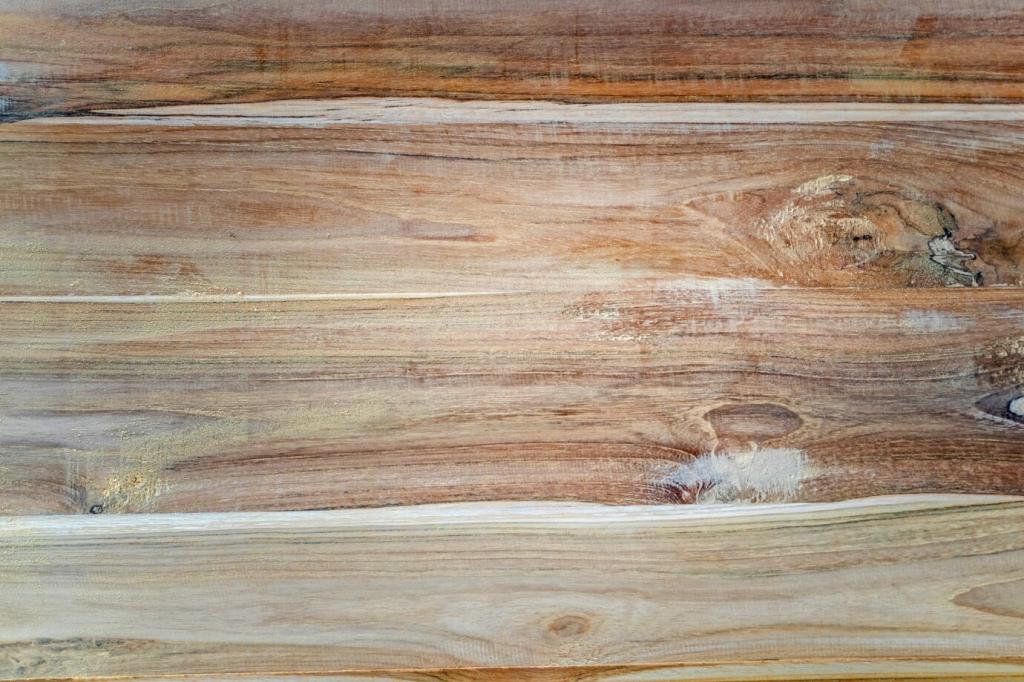Native Plant Landscaping for Eco-Friendly Gardens
Chosen theme: Native Plant Landscaping for Eco-Friendly Gardens. Transform your outdoor space with resilient, regionally adapted plants that conserve water, nourish wildlife, and celebrate the story of your local landscape. Join our community, share your region, and subscribe for plant lists and seasonal guides tailored to where you live.
Spend a week observing sun angles, puddles after rain, breezes, and the plants volunteering at the edges. These clues reveal drainage, microclimates, and habitat potential. Keep a simple field journal, sketch patterns, and ask neighbors what thrives. Share your notes below to inspire others starting nearby.

Designing with Native Structure and Layers
Think in tiers: canopy or feature shrubs, an understory of flowering perennials, and a living carpet of sedges or low growers. Layers cool soil, suppress weeds, and host diverse wildlife. Sketch your layers on paper before planting, then share your plan to get feedback from our community.
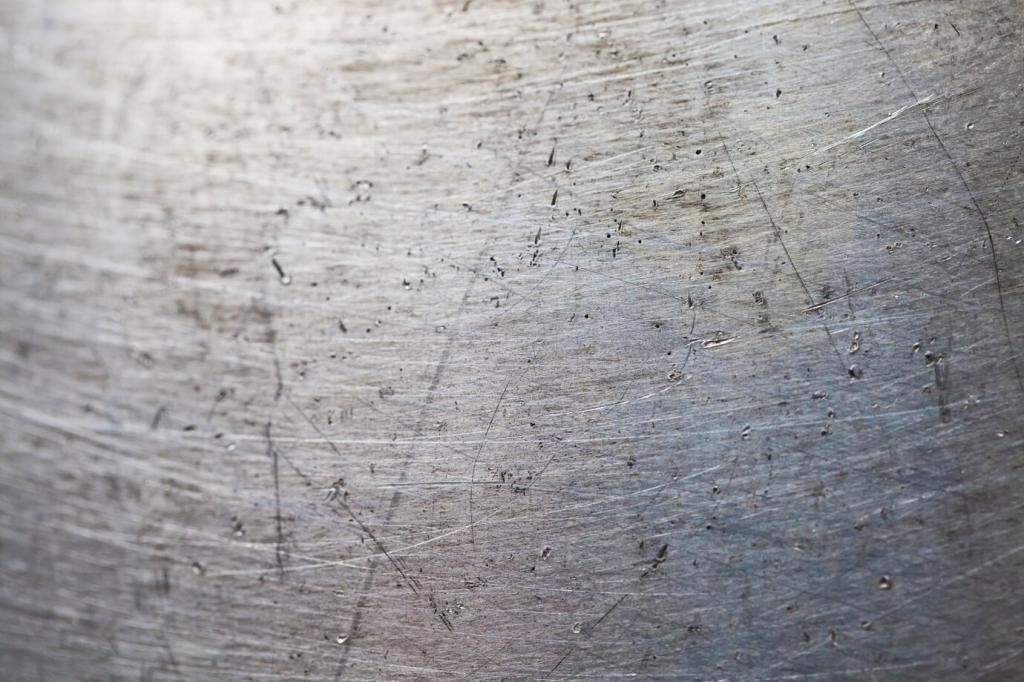

Designing with Native Structure and Layers
Nature rarely plants in rows. Curved beds and clustered drifts mimic wild patterns, guiding water and wildlife through your garden. Add a log, a flat rock, and a shallow water dish to multiply microhabitats. Post a photo of your layout, and tag three plants you clustered for synergy.
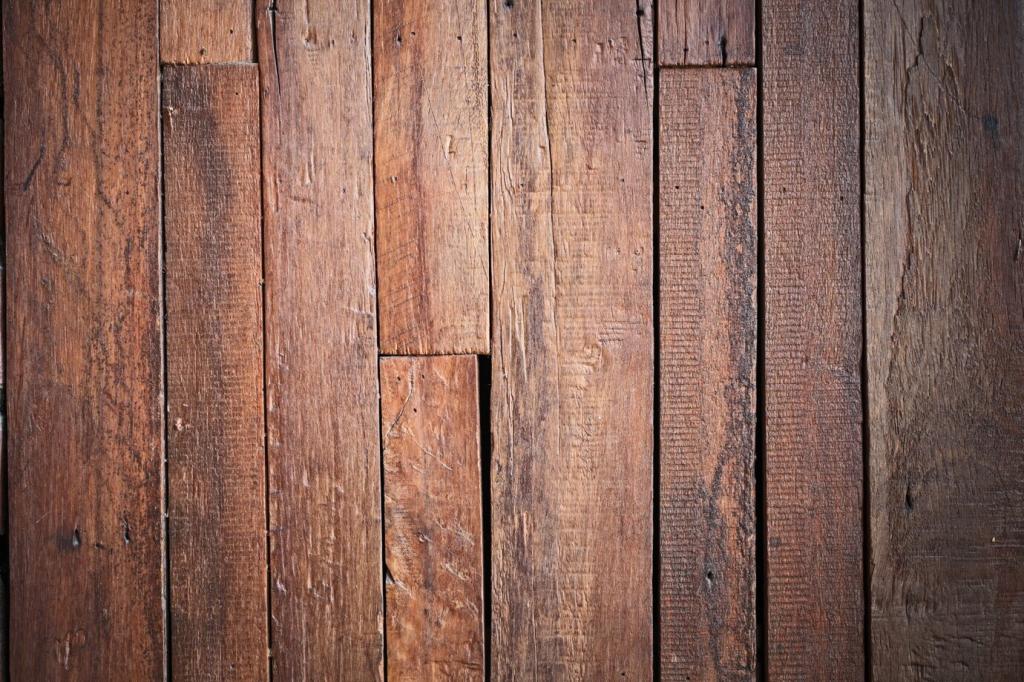
Water, Rain, and Resilience
Mark where downspouts release water, then carve a shallow basin that overflows safely away from foundations. Fill with deep-rooted natives adapted to periodic saturation. A simple stone spillway prevents erosion, and mulch stabilizes young plantings. Comment with your rainfall zone, and we’ll suggest suitable species combinations.
Water, Rain, and Resilience
Use a light mulch the first year, then let plant canopies meet to shade soil naturally. Living mulch—like native sedges—reduces evaporation and discourages weeds. Water deeply but infrequently to train roots downward. Share which groundcovers worked for you so others can replicate your success.
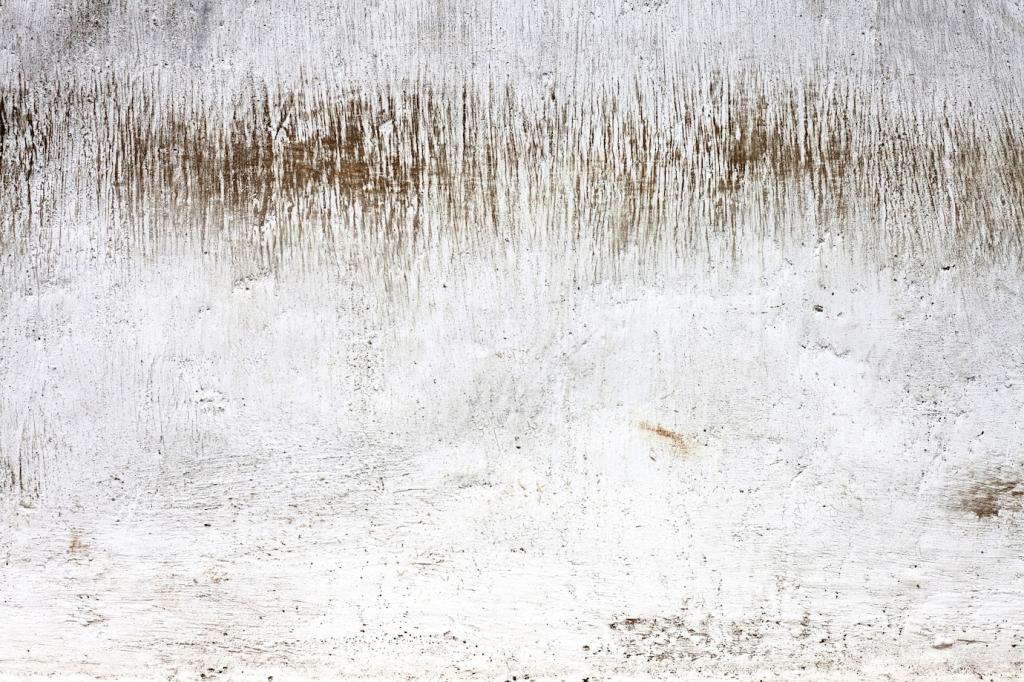

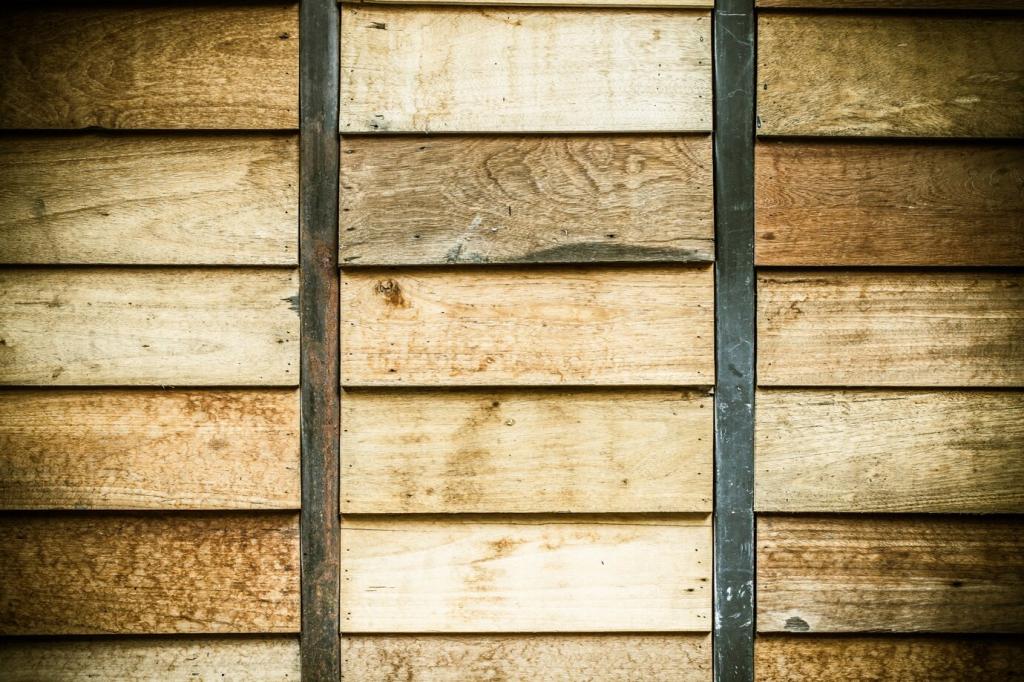
Soil Life and Chemical-Free Care
Skip the bagging. Fallen leaves shelter overwintering pollinators, enrich soil, and act as gentle mulch. Shred lightly on paths if needed, but leave beds undisturbed. Share a photo of your leaf layers and the first creatures you noticed waking under them this spring.

Maintenance Through the Seasons
First-Year Weeding Without Herbicides
Weed early and often when soil is moist, targeting seedlings before they seed. Use a hori-hori or loop hoe for precise removal. Mulch open soil, then refill with natives. Share your toughest weed and climate, and our readers will offer strategies that worked in similar conditions.
